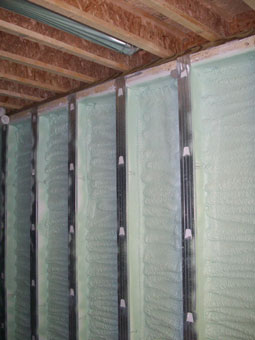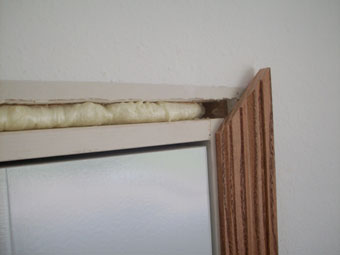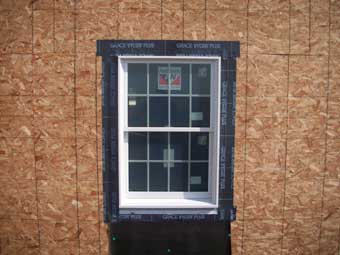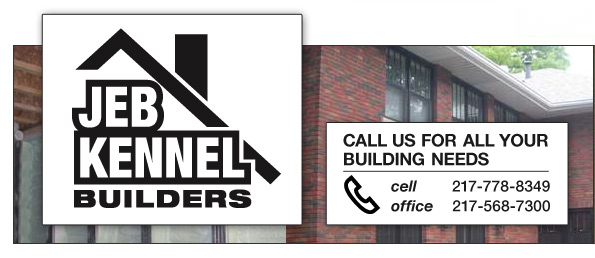WINDOWS AND INSULATION

We are proud to build new homes that meet the strict US Energy Star requirements. Some of our new homes can be heated and cooled on less than $300 a year. Unfortunately, this kind of savings is not possible with older homes because of the heating systems and quality of insulation installed in the home.
One of the best things you can do to immediately increase the value of your older home is to replace the windows. Leaky windows can make your utility bill double what it should be. The cost of replacing the windows can be recovered very quickly in today’s energy market. While you’re at it, considering new insulation and siding is a good idea.
Depending on the age of your home, your walls may have little or no insulation. Getting into the walls at this point can be a little tricky — and a little costly. If you are looking for an immediate payoff, you can add insulation to the attic (an attic should have an r-value of around 40 — approximately a foot of loose cellulose).
You can also insulate the box sill (the area between the top of the foundation and bottom of the subfloor) with 1″ foam. Most floor drafts originate from this location. You have three options for getting into the wall: 1) Drill and pack, 2) Insulate from the outside, 3) Insulate from the inside.
Drill and pack is the most economical way to beef up the r-value of your wall, but in only works if there is no insulation currently inside. How it works: a 1-1/2″ diameter hole is drilled in the exterior of the building in a stud cavity. Loose cellulose is then forced into the hole under pressure. After the cavity has been filled, a plug is inserted in the hole. This option will dramatically help cut down your heating costs, but it does not completely seal up your home.
Insulating from the outside is the best option available. You can choose to use cellulose or foam or a combination. This will give you the best r-value possible. This option is very costly and should only be done when siding is being replaced on the home, because all of the old siding and sheeting must be removed prior to insulating.
Insulating from the inside is a very important step to take during the remodeling of a bedroom, kitchen, or bathroom, but it is not practical to try to insulate the entire house in this manner. If your doors and windows are in decent shape, insulating around the shim space is beneficial as well.

Insulating the shim space with foam provides a much tighter seal

Window flashing detail (view slideshow)
Many windows on older homes are installed with fiberglass inserted into the shim space (the cavity between the window unit and house frame). Removing this fiberglass and installing expanding foam provides a much tighter seal against heat loss.
Windows, like many other building products, must be installed properly to perform at their best. Windows need to be flashed correctly in order to shed water and prevent mold and structural damage. Almost every time I replace an older window on a house, there is ensuing damage that must be fixed because the window was not flashed.
There are two underlying causes for this:
1) The seals on the corners of the window will eventually break down. Window manufacturing has come a long way, but they are still made of separate parts bonded together, and even vinyl and aluminum clad windows have joints that rely on sealant. Once this sealant breaks down, water is free to penetrate into the structure of the home unless the flashing under the window is prepared to handle it.
2) Siding (especially vinyl) is not waterproof. Like shingles, it handles the brunt of mother nature, but water can and does get behind it. Once behind the siding, water can run down inside the top of the window and along the sides of the window and enter the structure.
In addition to flashing for water, the window must be flashed on the exterior for air exchange and heat loss as well.
The old adage says “you get what you pay for”. When it comes to windows and doors, this couldn’t be more true. A good window is an investment against your utility bills, just like insulation. If you make a good choice, it will pay dividends down the road.
To request an estimate, contact us.
